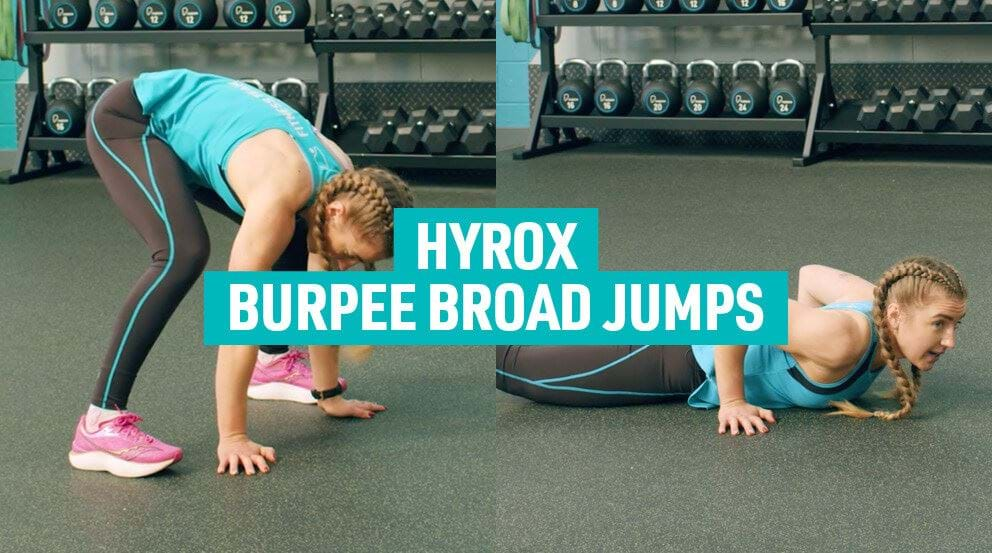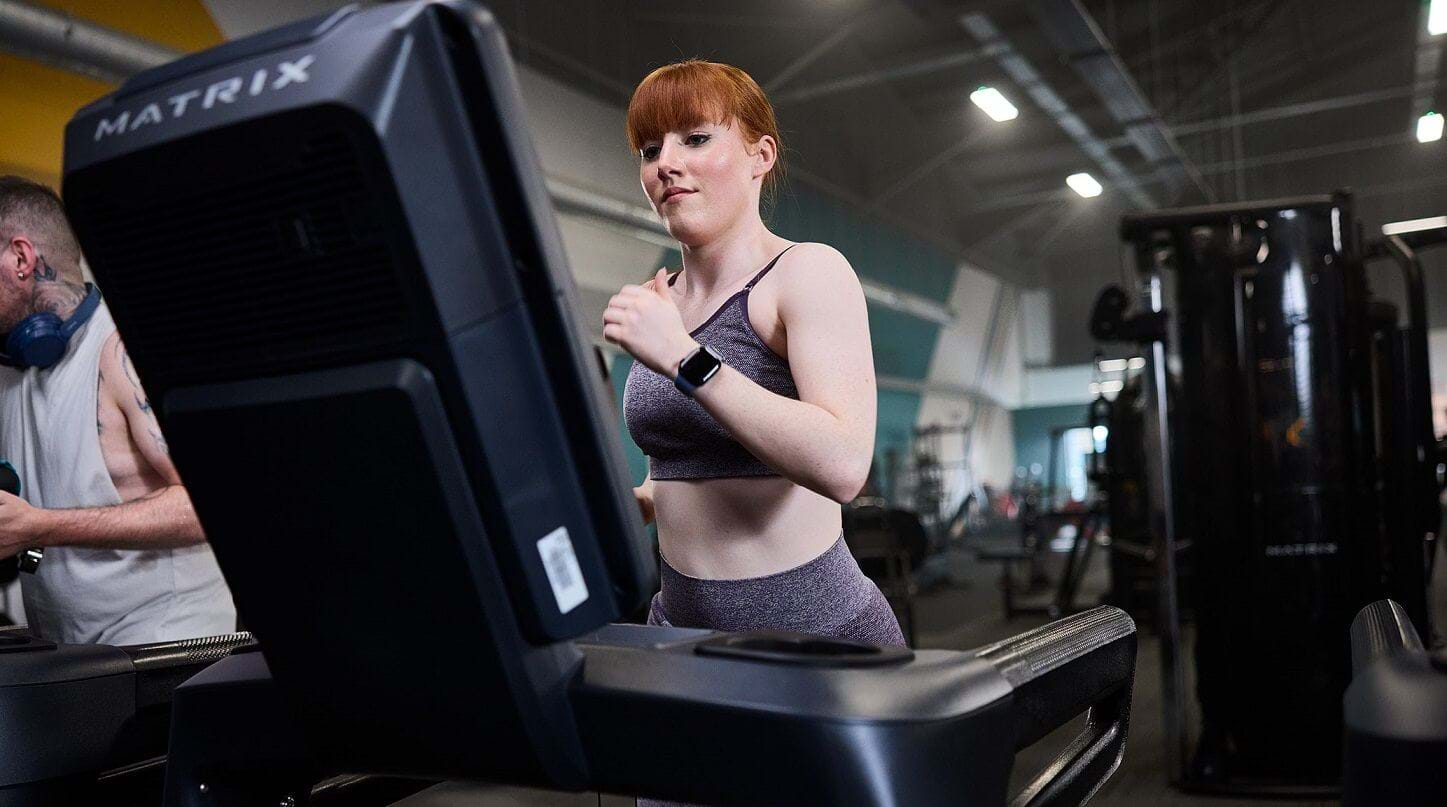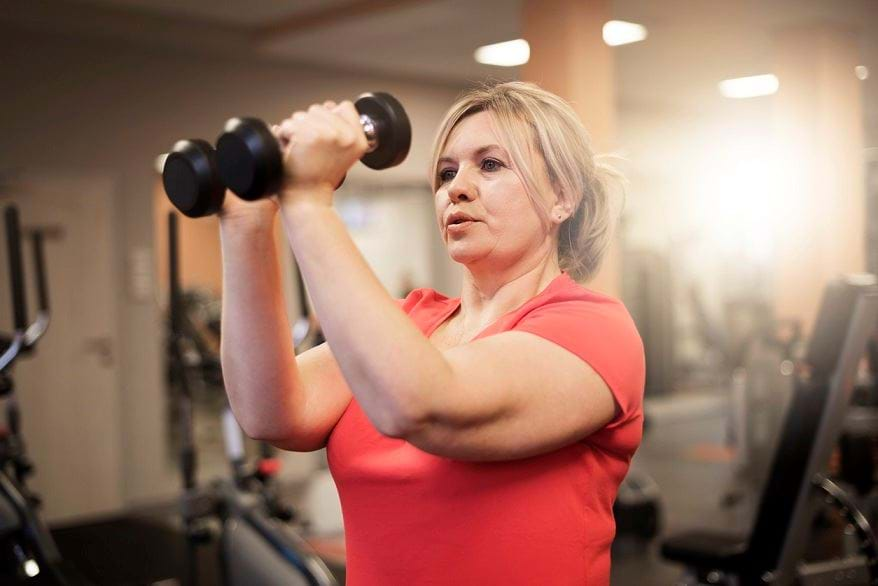What Are The Different Types Of Yoga?
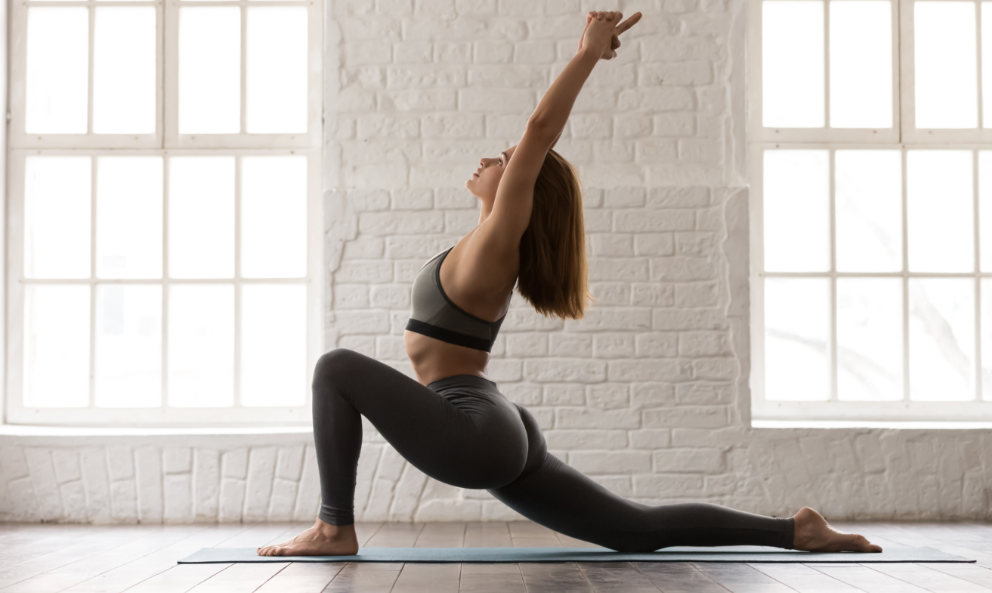
Yoga is an ancient practice that originated in India. The purpose of yoga is to align the spirit, body, and mind, and build mental and physical strength and awareness. Other benefits of practicing yoga including better heart and bone health, increased strength, better mobility and flexibility, improved mood, reduced stress, and improved sleep quality.
Today, there are many types of yoga, each with its own focus. Some place more emphasis on breathwork, some focus on the flow, while others spend more time in the poses. Knowing the differences between the types can help to understand what yoga practice is best for you.
In this blog, PureGym yoga teacher Jen Buddington shares a guide to the six types of yoga, and the benefits each type has to offer.
Before she dives into the different yoga types, we've looked at what yoga works for common fitness goals.
Some yoga types, like hot yoga and ashtanga, are physically more challenging and may burn a high amount of calories, so you may find these help with weight loss. However, it’s important to remember that yoga is a mind, body, and spirit practice, not a workout, and it shouldn’t be seen as just a tool for weight loss.
All yoga will improve your flexibility to some degree, but if improving your flexibility is one of your main goals, I recommend trying hot yoga or yin yoga.
If you want to improve strength and flexibility, but also boost your mood and improve inner calm, hatha yoga and vinyasa flow are great options. These types of yoga are very popular in western cultures and can be found at most yoga studios and gyms.
Read more yoga FAQs here.
What Is Hatha Yoga
Patanjali, an Indian sage who is believed to have written the yoga sutras, described hatha yoga as an eightfold path consisting of eight mind-body disciplines to be mastered. One of these disciplines, or limbs, is asana -- the physical poses in yoga. Generally, in the western world when people talk about hatha yoga (and yoga in general), they are referring to the asana.
The physical practice of hatha yoga typically involves a sequence of asana (yoga postures), pranayama (breathing techniques) and meditation. This type of yoga is practiced more slowly and involves holding the poses, and classes tend to last between 45-75 minutes.
What Is Hatha Yoga Good For?
Hatha yoga is suitable for all levels of experience. While the gentle pace and static hold of asanas means the pace is beginner friendly, more experienced yogis still benefit from holding these poses and focusing on their breath. Some of the benefits of a hatha yoga class include improved balance, core strength, and flexibility, as well as reduced stress and better sleep quality.
What Is Hot Yoga
Hot yoga is an umbrella term which describes many types of yoga with one common component -- they are practiced in hot studios. The heat and humidity warms the muscles and allows for a deeper stretch, so you can reach further into the poses you might normally be able to. It also raises the heart rate, making hot yoga classes a more intense workout.
What Is Hot Yoga Good For?
Hot yoga benefits both the mind and body. Practicing yoga in the heat is challenging, so it teaches the mind resilience. Physical benefits include boosted cardiovascular fitness, increased flexibility, and increased circulation.
What Is Yin Yoga
Yin yoga started in California in the 1980s. It is a still and meditative practice that focuses on the awareness of the body and breath. Yin classes are mainly focused on the lower body, with plenty of variations of seated and lying asanas. Students are encouraged to use pops like blocks, bolsters, and blankets to support the body.
What Is Yin Yoga Good For?
Yin yoga is suitable for most fitness levels, and is great for anyone who wants a relaxed, meditative practice or to balance an intense exercise routine. While it can help with flexibility, the biggest benefit of yin yoga is that it allows you to slow down, relax, and turn inward, which helps alleviate stress and restore your energy levels.
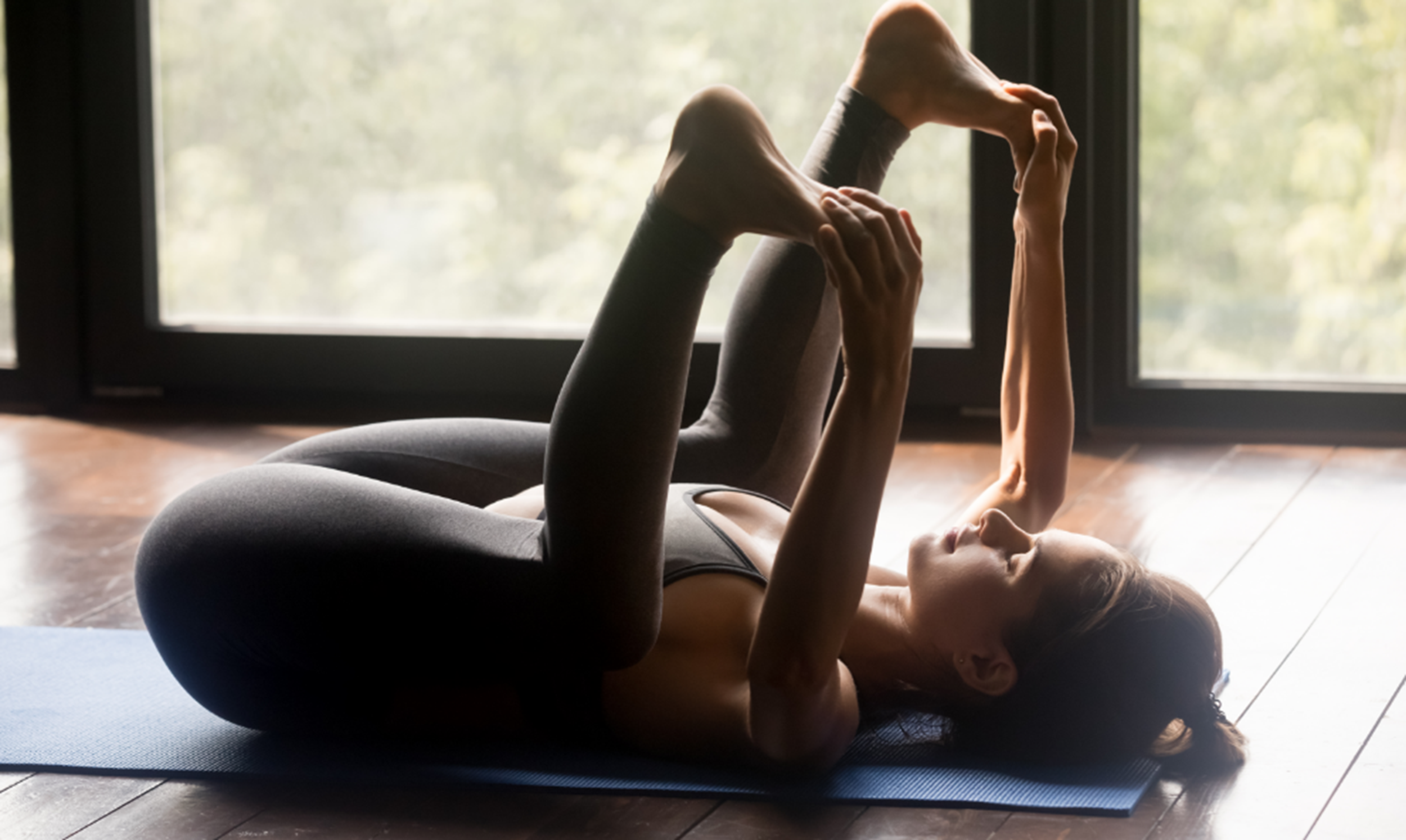
What Is Ashtanga Yoga?
Sometimes referred to as ashtanga yoga focuses on developing physical strength through a set sequence of poses, while maintaining a calm and controlled breath. It was developed by Jois, an Indian yoga guru, in the 1950s.
Ashtanga vinyasa differs from most other type of vinyasa as it follows a predetermined set of asanas, rather than allowing for improvisation and variety.
What Is Ashtanga Yoga Good For?
Ashtanga yoga is great for improving flexibility, build strength, tone the body and find calm. It's suitable for intermediate yogis, but some studios run beginner classes where the teacher can guide you through the sequence safely.
What Is Vinyasa Yoga?
Vinyasa is a modern style of yoga which evolved from ashtanga yoga. This practice involves a flow that links movement with breath to bring balance to both body and mind. This style of yoga follows a sequence of poses, with each movement connected to the breath: inhalation draws the upward and open movements, while exhalation is focused to the downward movement or twist.
What Is Vinyasa Yoga Good For?
Vinyasa yoga classes often involve side bends, backbends, and twists, and is great for building core strength, stability, power, and balance. While this style of yoga can be suitable for most fitness levels, I recommend learning the basics of yoga first in order to understand the correct alignment of the asanas.
What Is Kundalini Yoga?
Kundalini yoga involves chanting, singing, breathing exercises, and repetitive poses. This style of yoga is associated with Yoga Bhajan, a yoga teacher from Pakistan.
Compared with other forms of yoga, Kundalini yoga is a more spiritual practice. While it still involves physical movement, these are not the primary focus. The breathwork is also different; where other types of yoga flow with your breath, Kundalini combines chanting, singing, movements, and breathing in specific patterns.
What Is Kundalini Yoga Good For?
Kundalini is a great for those who want a more spiritual practice. Benefits of this type of yoga include reduced stress, improved cognitive function, and improved self-perception.
Yoga is for all ages and all abilities. There are moves to improve your balance, build strength, increase flexibility, revitalise your body, boost your brain and much more. Finding the type of yoga that works best for your body and your goals will make your practice much more enjoyable.
Yoga is for all ages and all abilities. There are moves to improve your balance, build strength, increase flexibility, revitalise your body, boost your brain and much more. Finding the type of yoga that works best for your body and your goals will make your practice much more enjoyable.
There are many ways to practice yoga, from following online yoga flows (like these morning yoga routines) to taking a yoga class. I recommend taking classes at least initially as having feedback from a yoga teacher is invaluable. You can find classes everywhere from yoga studios, to parks, to your nearest PureGym. I will be teaching vinyasa flow classes at PureGym Haverhill from 7th January – if you have any questions please contact me on @jenfitnessuk.
